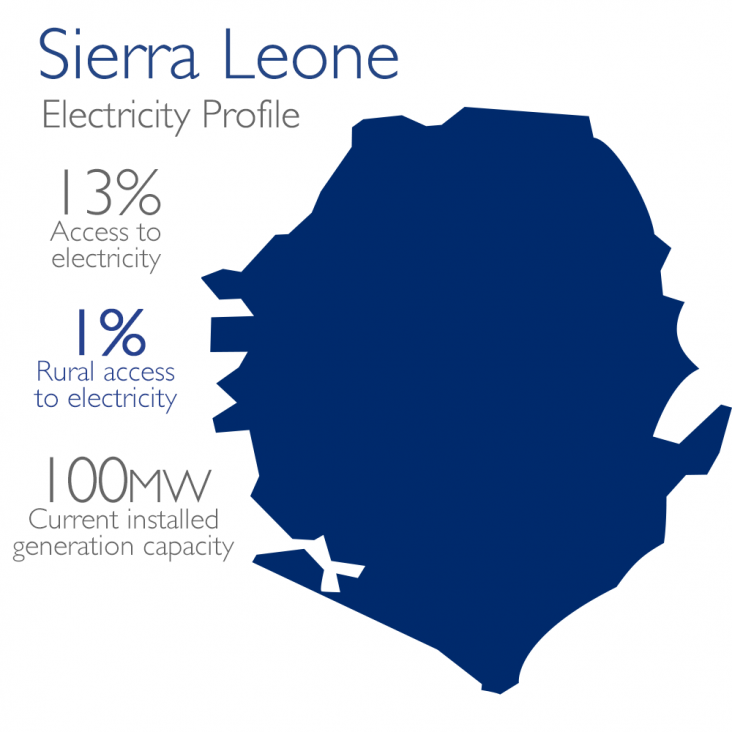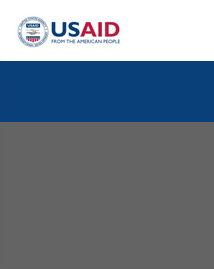- Where We Work
- Interactive Map
- Afghanistan and Pakistan
- Africa
- African Union
- Power Africa
- About Us
- How We Work
- Partners
- News & Information
- Power Africa Toolbox
- Where We Work
- Angola
- Benin
- Botswana
- Burkina Faso
- Burundi
- Cameroon
- Chad
- Côte d`Ivoire
- Democratic Republic of the Congo
- Djibouti
- Eritrea
- Ethiopia
- Gabon
- Gambia
- Ghana
- Guinea
- Guinea Bissau
- Kenya
- Lesotho
- Liberia
- Madagascar
- Malawi
- Mali
- Mauritania
- Mozambique
- Namibia
- Niger
- Nigeria
- Republic of Congo
- Rwanda
- Senegal
- Sierra Leone
- South Africa
- South Sudan
- Swaziland
- Tanzania
- Togo
- Uganda
- Zambia
- Trade and Investment Engagement
- Angola
- Benin
- Botswana
- Burkina Faso
- Burundi
- Cameroon
- Central Africa Regional
- Central African Republic
- Chad
- Côte d'Ivoire
- Democratic Republic of the Congo
- Djibouti
- East Africa Regional
- Ethiopia
- Ghana
- Guinea
- Kenya
- Lesotho
- Liberia
- Madagascar
- Malawi
- Mali
- Mauritania
- Mozambique
- Namibia
- Niger
- Nigeria
- Republic of the Congo
- Rwanda
- Sahel Regional
- Senegal
- Sierra Leone
- Somalia
- South Africa
- South Sudan
- Southern Africa Regional
- Sudan
- Swaziland
- Tanzania
- Uganda
- West Africa Regional
- Zambia
- Zimbabwe
- Asia
- Europe and Eurasia
- Latin America and the Caribbean
- Middle East
- Mission Directory
Sierra Leone
POWER AFRICA FACT SHEET

Sierra Leone Energy Sector Overview
Sierra Leone’s power sector is relatively small, with less than 100 MW of operational capacity and roughly 130,000 connected customers. Following the passage of national electricity legislation, the Government of Sierra Leone (GoSL) has spent 2016 focused on unbundling the National Power Authority (NPA) into two utilities – Electricity Generation and Transmission Company (EGTC) & Electricity Distribution and Supply Authority (EDSA) – and standing up an independent regulator. Significant progress has been made despite the impact of the Ebola crisis. Sierra Leone’s Minister of Energy is a strong champion for reform and private sector participation, and is in discussion with several potential independent power producers (IPPs) for heavy fuel oil, thermal, solar, and hydro projects. The World Bank is planning investments in the transmission system as well as a management contract for EDSA.
Sierra Leone’s national electrification rate of 5 percent (estimated at 11 percent in urban areas and less than 1 percent in rural areas) reflects factors including the country’s limited transmission and distribution network and the high upfront cost of household connection and wiring. The current electricity tariff regime is heavily subsidized by the Government of Sierra Leone and will need to be revisited by the two new utilities and independent regulator to identify a path toward cost recovery.
Power Africa Support
Power Africa is supporting Sierra Leone through a $44 million partnership agreement between the Millennium Challenge Corporation (MCC) and the Republic of Sierra Leone. The Millennium Challenge Corporation’s Threshold Program in Sierra Leone includes approximately $18 million to strengthen sector institutions through targeted technical assistance, including support to operationalize Sierra Leone’s new regulator, technical skills development for the utilities, and project development, management and integrated planning support.
Power Africa also supports improved energy access through a USAID Global Development Alliance focused on Ebola Response, Recovery and Resilience in West Africa. Expanded electricity access will directly assist countries like Guinea, Liberia and Sierra Leone as they recover from the post-disaster impacts of the Ebola crisis and rebuild more resilient energy, educational, and health care systems.
About Power Africa
Power Africa is a multi-partner initiative which launched in 2013. Power Africa’s goals are to increase electricity access in sub-Saharan Africa by adding more than 30,000 megawatts of cleaner, more efficient electricity generation capacity and 60 million new home and business connections.
Power Africa works with African governments and private sector partners to remove barriers that impede sustainable energy development in sub-Saharan Africa and to unlock the substantial wind, solar, hydropower, natural gas, biomass, and geothermal resources on the continent.
Mobilizing Partnerships & Investments
Power Africa draws on the combined expertise and abilities of 12 U.S. Government agencies, the World Bank Group, the African Development Bank, the Government of Sweden, the Government of Norway, the Government of Canada, the UK Department for International Development, the Government of Japan, the International Renewable Energy Agency, the Government of Japan, African governments, and private sector partners. Power Africa’s “Toolbox” approach offers a range of resources to advance key projects on the electricity grid and, through the Beyond the Grid sub-initiative, in places where the national grid doesn’t reach.
Power Africa Contact for Sierra Leone:
Rockfeler Herisse, Ph.D. Senior Partnerships Advisor
USAID/Guinea & Sierra Leone
Email: rherisse@usaid.gov
U.S. Government Coordinator for Power Africa:
Andrew Herscowitz
Email: powerafrica@usaid.gov
Follow on Twitter: @aherscowitz
Power Africa Sierra Leone Factsheet ![]() (pdf - 506k)
(pdf - 506k)








Comment
Make a general inquiry or suggest an improvement.